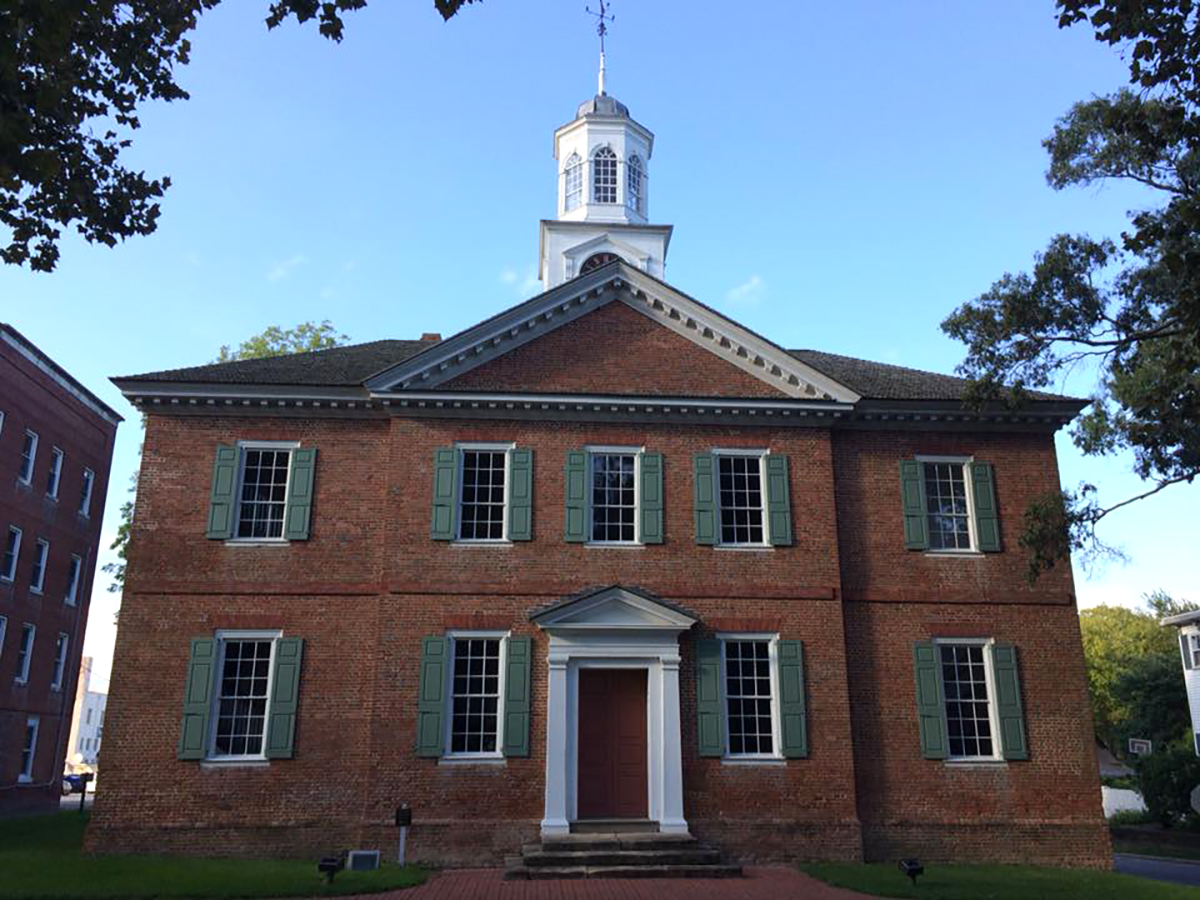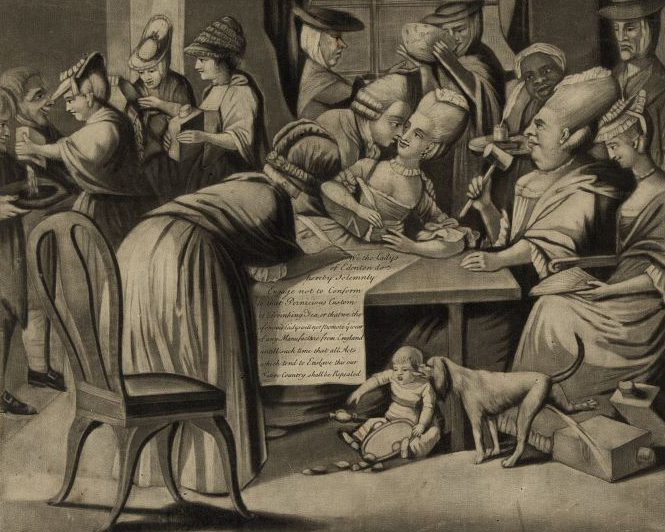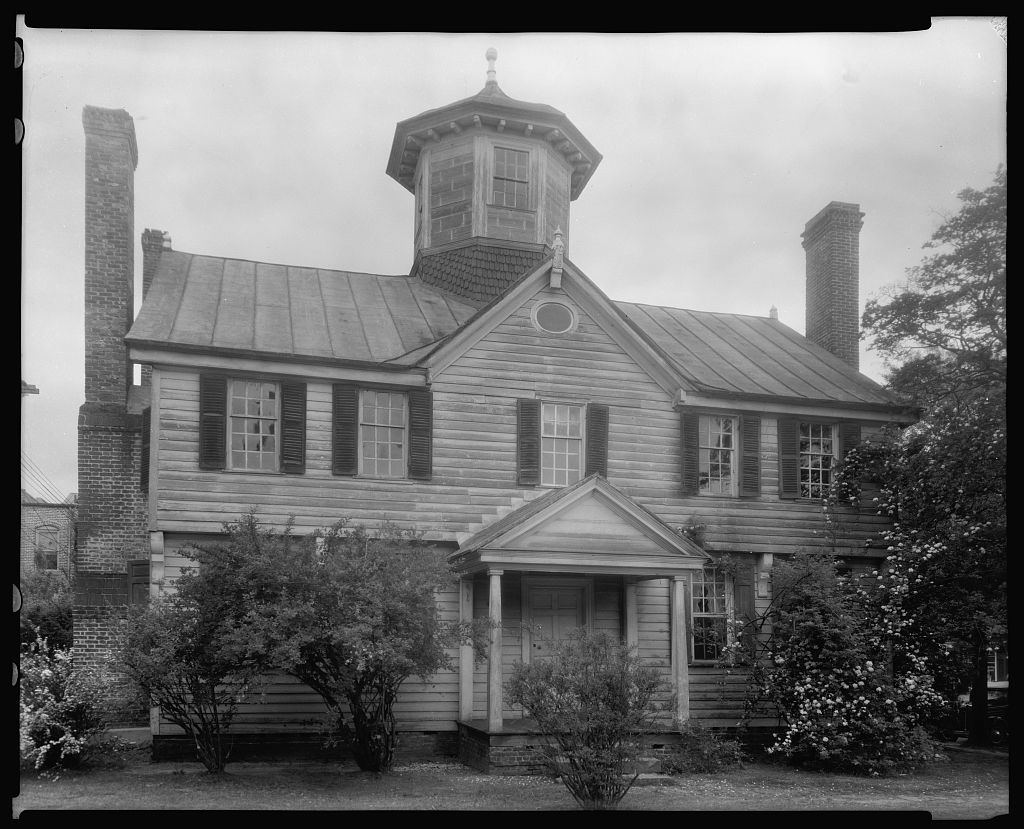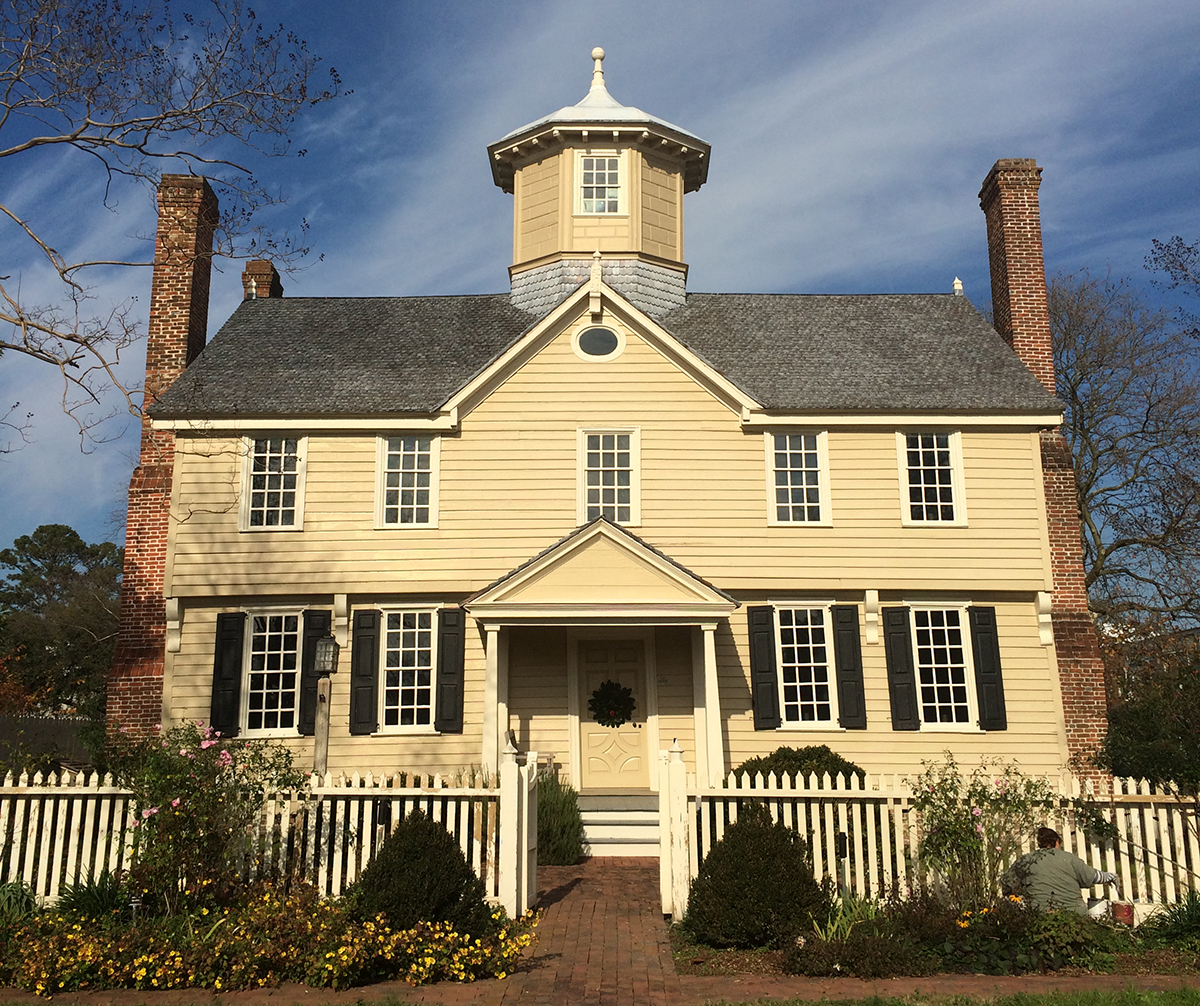
This is the first in a history series examining each of North Carolina’s 20 coastal counties.
Every elementary school student in North Carolina is taught the story of the Lost Colony. That 16th century settlement on Roanoke Island was indeed the first sustained English settlement in North America, but it has earned its moniker for a reason.
Supporter Spotlight
The colony was lost within five years of its settlement. Today’s state of North Carolina instead emerged from a much less famous area. The Albemarle Settlements, of which Chowan County comprised the western section, were the true beginning of this state. Chowan County reflects this long historical heritage and is today as closely connected to the past as any county in the state.
One could argue that John Pory, not John White, is the true founder of the North Carolina Colony. Pory, a professor, explorer and politician living in Virginia, traveled down the Chowan River in 1622 and, according to a Virginia chronicle from 1622, wrote of “a very fruitfull and pleasant Countrey, full of rivers, wherein are two harvests in one yeere.”
After his report, some Virginians moved south in search of fresh tobacco lands. Pory’s journey predated the 1629 grant from King Charles I that gave Carolina or “Carolana” as it was called at first) its name. Many Virginians settled along the river that Pory traveled. In 1664, enough settlers had moved into the area that Albemarle County was formed to provide some semblance of government. The western edge of that county, Shaftesbury Precinct, became Chowan Precinct in 1685 and Chowan County in 1739.
The center of Chowan County was Edenton, one of the earliest towns in North Carolina. It was named after Charles Eden, a governor more famous today for his friendship with pirates than his governance. Bill Hand noted in the New Bern Sun Journal that “some historians suggest that Eden was getting a percentage from the pirate; at any rate, after Blackbeard’s death a lot of his loot turned up in a barn owned by colony secretary Tobias Knight.”
One of Eden’s rivals, Edward Moseley, was arrested for publicly insinuating the governor was receiving Blackbeard’s stolen treasures. When Blackbeard was finally killed in North Carolina waters, it was not by Eden’s militia but by troops from Virginia.
Supporter Spotlight
In its early years, Edenton barely earned the designation of town. William Byrd II, a leading Virginia planter and the founder of Richmond, stayed near Edenton when he helped survey the Virginia-North Carolina Colonial boundary in 1728. Byrd wrote in his “History of the Dividing Line” that the town had between 40 and 50 houses and that he knew of no other place of European settlement where “there is neither church, chapel, mosque, synagogue, or any other place of public worship of any sect or religion whatsoever.” To Byrd, the people of Edenton had no ambition and regarded having a brick chimney on one’s home as a sign of extravagance.
This state of affairs did not last. Over time, Edenton became a center for some of the colony’s most respected citizens. These included early Supreme Court Justice James Iredell and governors James Iredell Jr. and Samuel Johnson. North Carolina’s governor resided in Edenton while it was the Colonial capital from 1722 to 1743. The town contained some of the most elegant buildings in the colony. Several of them, such as the Chowan County Courthouse built in 1767, and St. Paul’s Episcopal Church built 1736-1766, are still standing and can be visited today. Edenton’s 300-year-old courthouse green still survives in the middle of town.

A pivotal moment in women’s and Colonial history happened in Edenton in 1774. Spurred on by the hated tax on tea and similar events across the Colonies, the so-called Edenton Tea Party was held in that year. A group of women, led by Penelope Barker, signed a document pledging to boycott the purchase of English tea and cloth until England stopped its practice of taxation without representation.
According to Sandra Lancaster of the Daughters of the American Revolution, the letter was “one of the earliest organized women’s political actions in United States history.” It also prompted ridicule in London. Phillip Dawe drew and had printed a cartoon portraying the women as masculine, lecherous and decidedly unladylike. A statue of a teapot commemorating the event can be found atop a cannon near the county courthouse.

Throughout the Revolutionary and early Republic periods, Chowan County’s considerable wealth was built on shipping and local plantations, with much of its territory outside of the town limits comprising sprawling tobacco plantations. The town of Edenton also centered around slavery.
The 1860 slavery distribution map, created by Edwin Hergesheimer, showed that the county had the state’s seventh-highest proportion of slaves to free persons. One of the most famous of these enslaved persons was Harriet Jacobs. After years of torment from her owner, Jacobs escaped and spent several more years in Edenton hiding in an attic before making her way north. Harriet Jacobs’s 1861book, “Incidents in the Life of a Slave Girl,” became one of the most famous antebellum slave narratives, and she spent the remainder of her life in the North fighting for abolition and later for social reform. Free African Americans also called the town home. They could secure jobs as ship pilots or working on the docks. Harriet Jacobs noted that some of these free men and women helped her, her brother John Jacobs, and others escape to freedom by ship.
Chowan County’s fortunes declined in the 19th century. As David Leroy Corbitt noted in his authoritative history of North Carolina counties, Chowan lost its prosperous top half with the formation of Gates County in 1779. Edenton’s harbor was greatly affected by the closing of Roanoke Inlet after a 1795 hurricane.
The town was then occupied by federal troops early in the Civil War. Following the end of slavery, Edenton survived by turning to industry, most notably at the cotton mill that still stands at the end of King Street and the peanut mill on Church Street.
Following the Civil War, with the decline of plantation agriculture, the entire Albemarle region suffered economic hardship that continued throughout much of the 20th century. Edenton only reversed this decline by embracing its history. One of the earliest historic preservation efforts in North Carolina occurred in 1918, 40 years before the rebuilding of Tryon Palace. Women in Edenton formed an association to rehabilitate the Cupola House built 1756-58, one of North Carolina’s oldest homes.

For the next century, affiliated groups such as the Edenton State Historic Site and the Edenton Woman’s Club restored dozens of structures and helped found numerous inns and bed-and-breakfast inns. State funding and tourism revenues have resulted in a vibrant downtown with museums, house tours and a trolley tour.
This history caught the imagination of one of North Carolina’s most notable novelists. Inglis Fletcher, who owned a historic plantation in Chowan County, wrote a dozen books set in historical North Carolina and Edenton. These included “Men of Albemarle” in 1942, and “Roanoke Hundred” in1948. There was also “Lusty Wind of Carolina” in1944, the tale of a bondsman and the daughter of a Huguenot weaver who fall in love, help establish the Colony, and fight pirates. The books are all fictional but filled with historical facts as well as cameos from historical figures.

Today, Chowan County retains the North-South dynamic that has defined it since the early 18th century. Its northern areas are rural and have changed little in the past hundred years. The exception is the growing seaside community of Arrowhead Beach. Other northern communities, such as Rockyhock and the amusingly named Sign Pine, remain little more than crossroads.
The southern section of the county, comprising Edenton, has become a vibrant, bustling community dedicated to tourism and history. Edenton now has a bookstore and approximately two dozen restaurants. Its former mill buildings have new tenants, including a fitness center and a museum. Chowan County has found a way forward by embracing both its natural wealth and the appeal of the past. It has become one of the Inner Banks’ most notable success stories.







